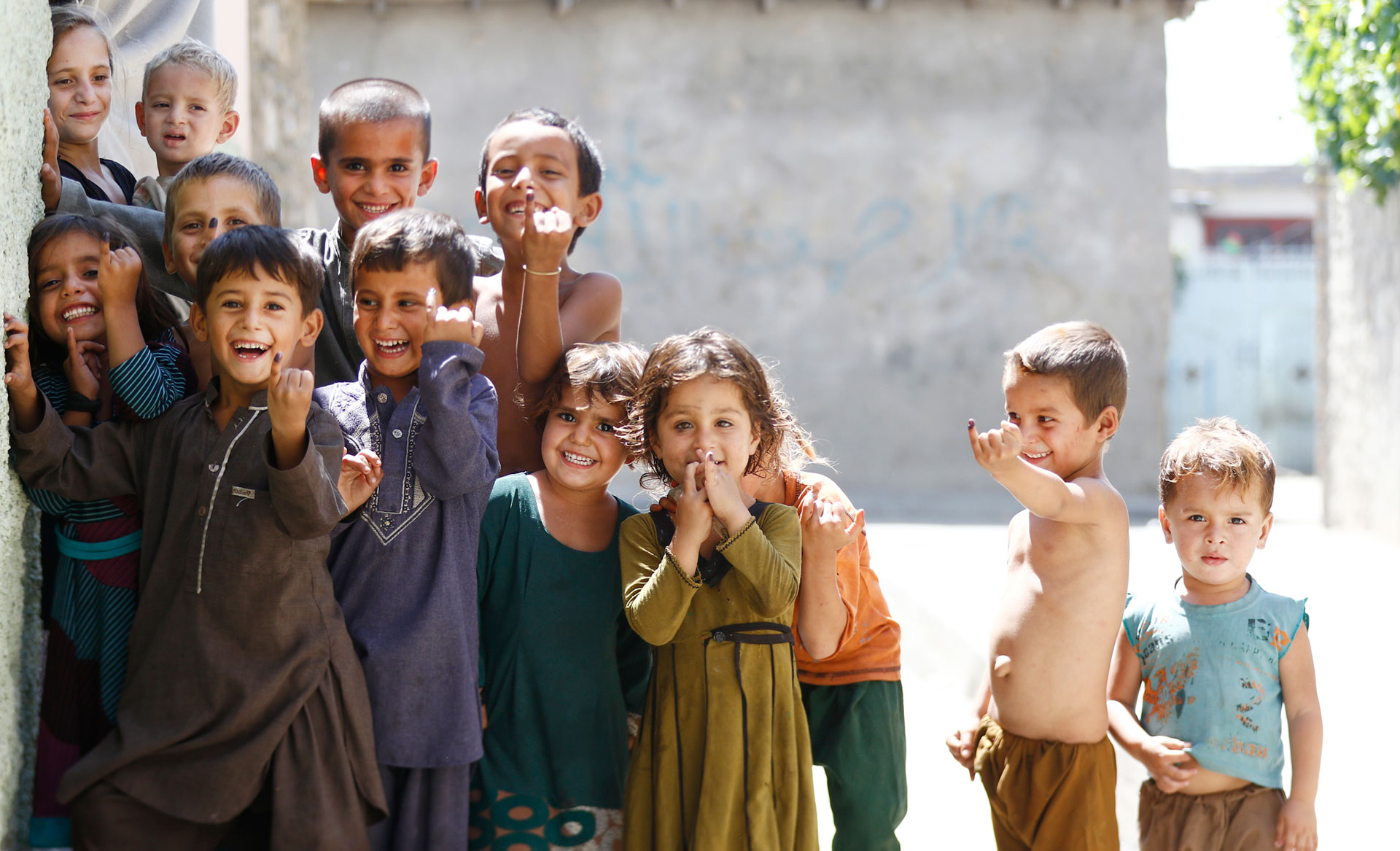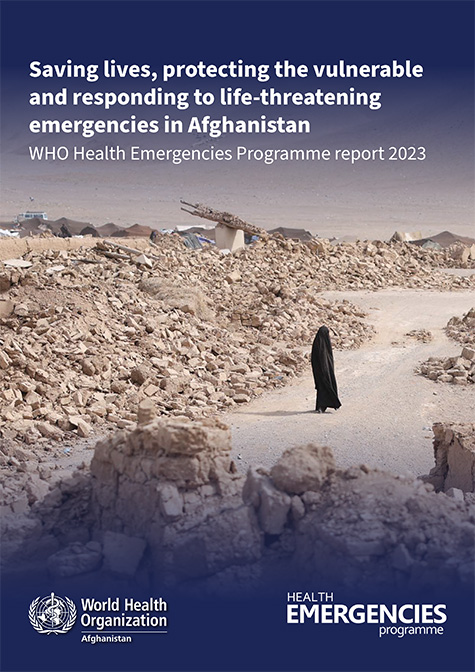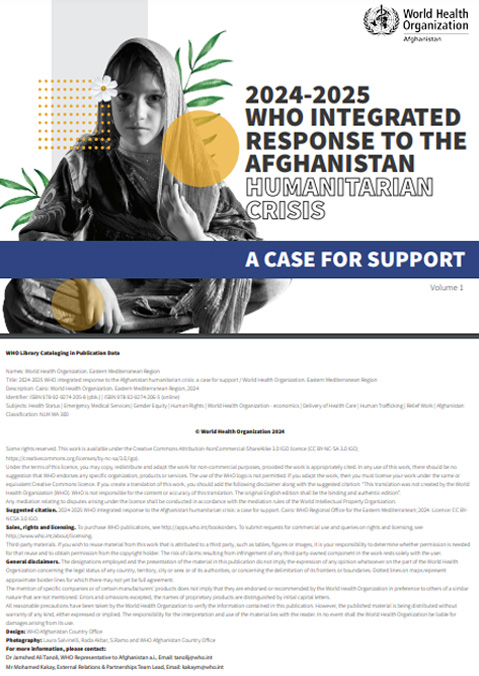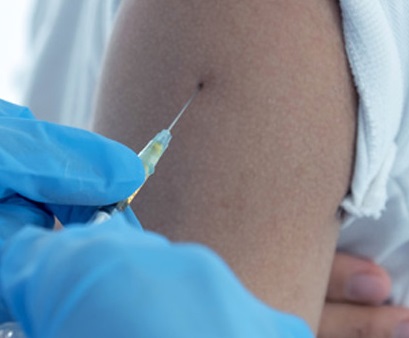
26 December 2024, Afghanistan’s health system is under immense pressure. In 2023, nearly two-thirds of the population – 28.3 million people – required humanitarian assistance, with more than 17 million in need of essential health services. For many families, especially women and children in remote and underserved areas, access to care is at best severely curtailed. Often, it is out of reach.
While opportunities to reach further into underserved parts of the country exist, uncertainties persist. The role of women in society is increasingly restricted, public revenues are low and the system relies heavily on external aid and out-of-pocket spending, conditions that – compounded by ongoing political and economic challenges – place further strain on the already fragile health infrastructure.
The Health Sector Transition Strategy (HSTS) 2023–2025 was developed to address these complex realities. The strategy sets out a pragmatic, consensus-based roadmap to protect and advance essential health services with a focus on expanding service coverage, improving quality of care, enhancing financial protection and reinforcing emergency response capacities. It places particular emphasis on reaching vulnerable populations, especially women and children, and extending support to areas where access to health services is scarce.
Development of the Strategy was led by the Health Strategic Thematic Working Group (H‑STWG), a major platform for the coordination of humanitarian and development efforts across Afghanistan’s health sector. At the request of H‑STWG co-chairs WHO, USAID and the World Bank, the document was compiled by WHO, the Global Financing Facility (GFF) and the United Nations Children’s Fund (UNICEF), with inputs from national and international health partners.
H‑STWG plays a pivotal role in aligning efforts across Afghanistan’s health architecture. Co-chaired by WHO, the World Bank and Canada and supported by a joint secretariat with GFF, the group brings together over two dozen partners, including bilateral donors, multilateral agencies, UN organizations and financing platforms. Through regular coordination and joint planning, H‑STWG helps ensure that health assistance is delivered effectively, equitably and in line with the needs of the Afghan people.
This coordinated effort is an example of how WHO and its partners are working together to strengthen national health systems, advance the health-related Sustainable Development Goals in the most challenging settings and ensure that no one is left behind.













